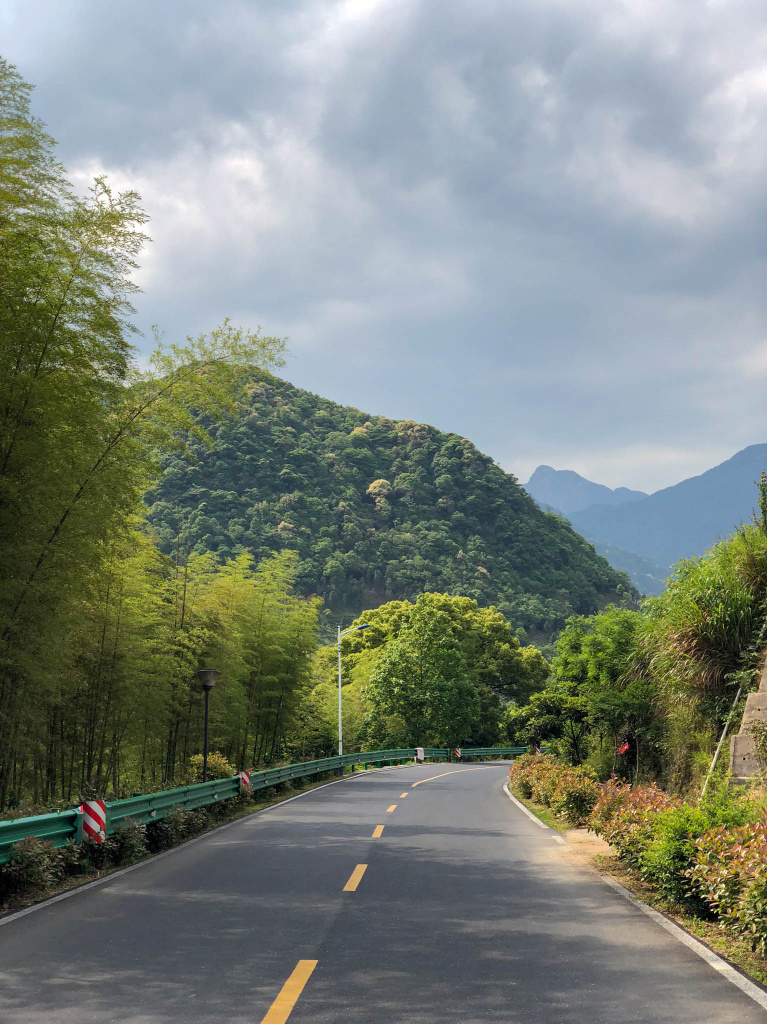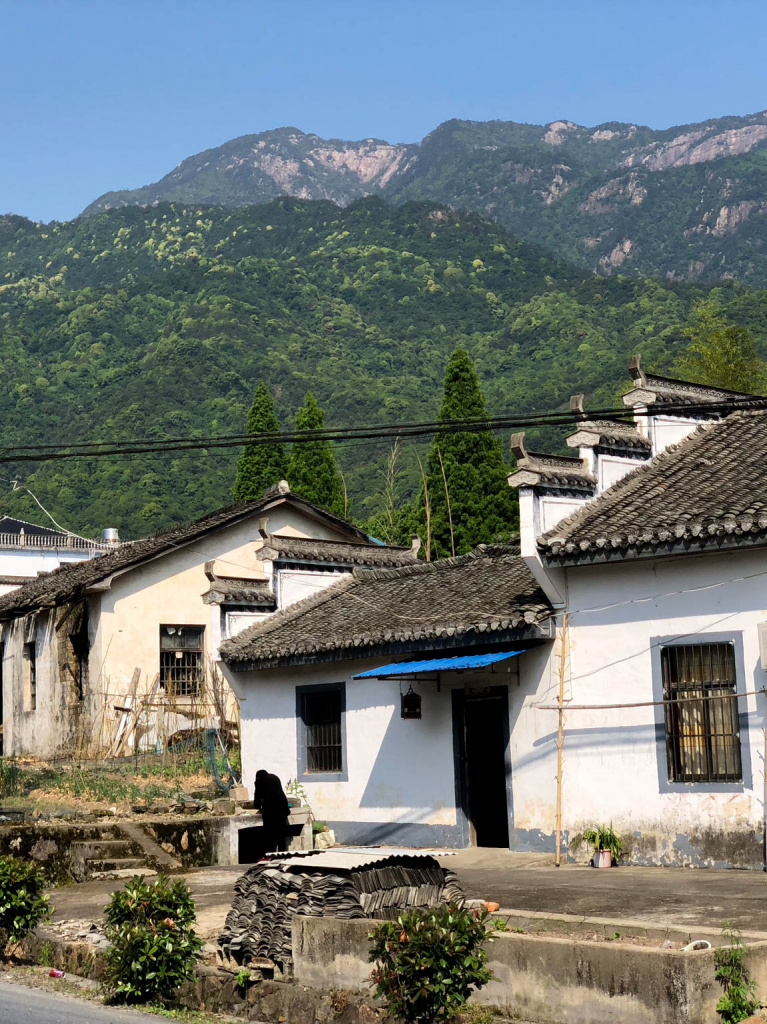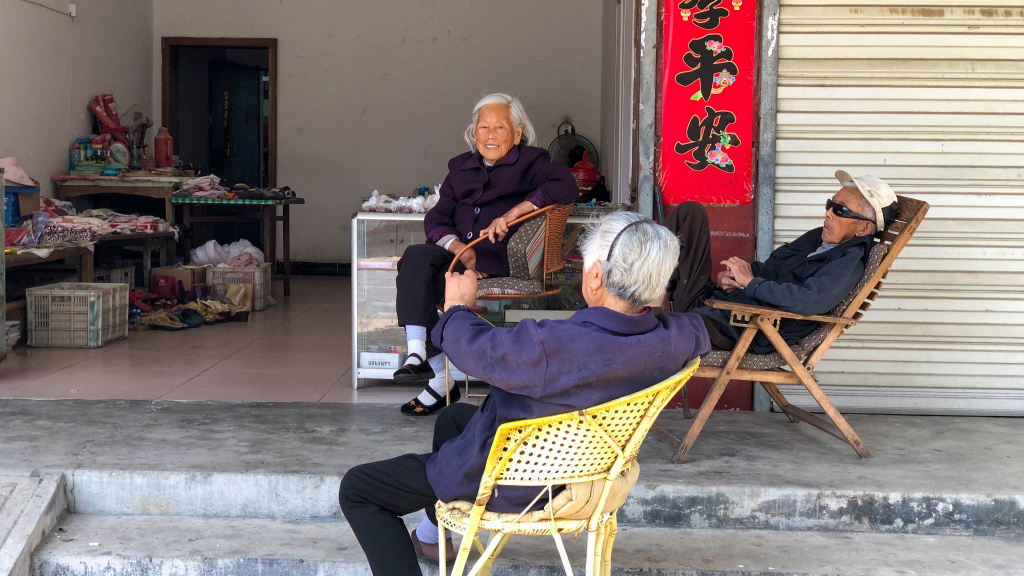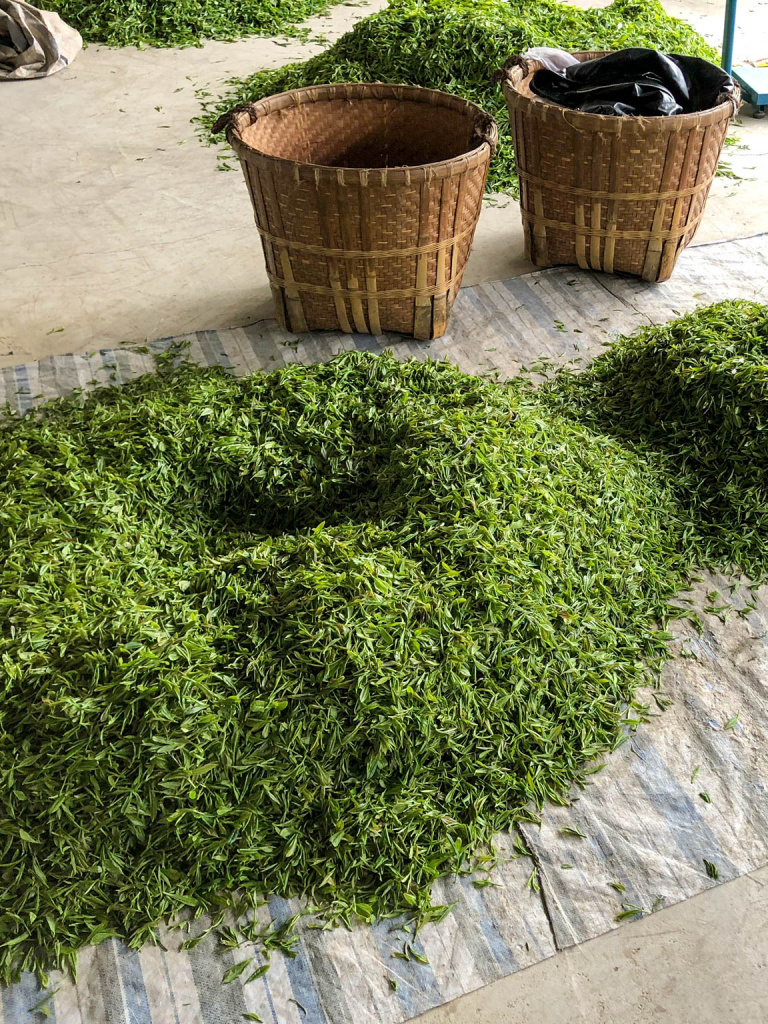Miracles of Qimen county 1/3
Story of the world-famous Keemun black tea
Our teahunter journey in 2019 led through four interesting Chinese provinces. We started at Sichuan than towards the end of the trip we left Wuyuan to Huangshan city, Anhui. From there we went up to the hills of the famous Qimen 祁门 county. It often occurs in life that the things happen by themselves, the intension born then the left just come. We met our tea producer friends from Qimen just like that. We will talk about that also but firstly start from the beginning. We just get three amazing tea from Qimen, two green, and one black. So, we think that would be great to introduce the Qimen region through a three-part article series. We speak about the amazing Qimen county, the world-famous Keemun black tea then we publish a photo album from the Likou tea market. Finally, we will tell tales of our journey there.


High mountains, fast-flowing rivers, dense forests, and among them there are the endless tea fields. Qimen region leads in Anhui province between the Yangce river and Huangshan mountain of the painters. Almost 80% of the land is covered by forests. It results unique microclimate which you can feel in the taste of teas also. Until 1875 they only produce green teas. In that particular year, one failed servant decided to go to Fujian to learn how to make the best black teas. When Yu Ganchen came back from his journey he was the first who make black teas there. Nowadays this black tea is one of the ten most famous Chinese tea. Soonly turned out that really interesting tastes come from the Lao Zhu Ye Zhong 老槠叶种 cultivar; fully, fiery, earthy notes with a bit of fruit. Very special aromas. At the 1915’s Panama-Pacific International Exposition the tea won the first prize. After that, the Qimun black or Keemun black – how the westerns call – became the main base of the English Breakfast Teas. Until the mid-80s the Chinese government bought all of the tea from the producers and sold it to the west. In China, it was almost unknown. Until that time the locals were allowed just to taste it to check the quality, not to drink. When the public acquisition ended the growers started to introduce Keemun black tea in China. They worked out a new preparation process also.

The charm of the Keemun black tea is based on the clearness of the region, the reddish-yellow soil, and the Lao Zhu Ye Zhong cultivar. This variety is a really strong one with a lot of essential oil in it, there is one special which is also found in the bay leaf. The amazing smell of it is used as a concept in China; Qimenxiang – Qimen fragrance. They only harvest in the spring in that region. In the case of black teas, the process starts with the withering for a few hours, after they continue that over heat for another 5-8 hours. Then the machine rolling comes, when they push the leaves a little, so some sap comes out and the oxidation increases. After the rolling process, they put the tea into baskets and place it in a dark heated room for 8-10 hours to oxidize. After cooling and drying come to another rolling step. They make the hand-rolling in pans over ember or the machine-rolling over electric heat. In the case of the green teas after a short withering, they roast the tea a little in pans then drying and the product is fine. Although this is a similar procedure the perfection of the tea master and the quality of the raw material are truly important.


In the next parts, we will talk about our adventures in Qimen. We say some words about narrow serpentines, twenty-steps sneaks, and our new Keemun teas also. Find the gallery from the Likou tea market on the following link.

